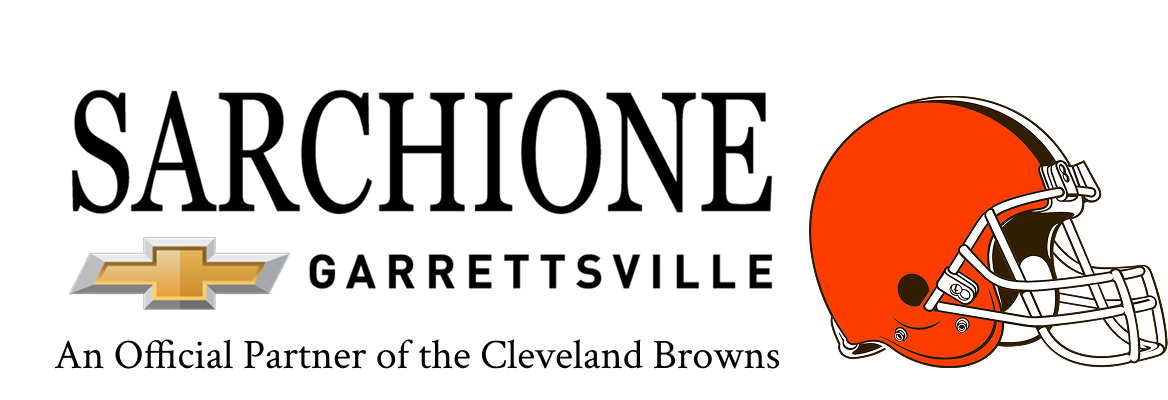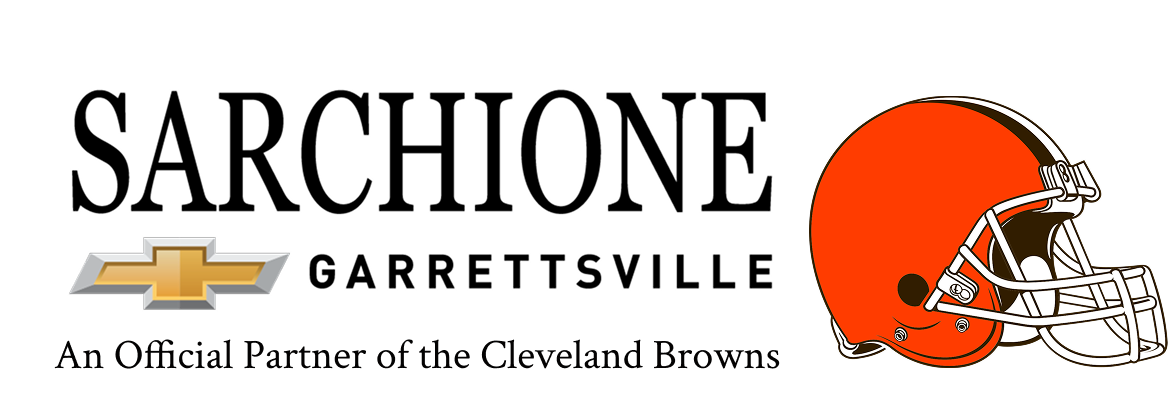Every vehicle owner desires a smooth and responsive driving experience, but unexpected mechanical issues often arise, creating significant inconvenience. Ignoring minor vehicle symptoms often leads to more extensive and costly repairs down the road, making prompt attention vital. Understanding potential warning signs and causes allows owners to address problems early before they escalate into major failures. This proactive approach saves both time and money, ensuring your vehicle remains dependable for longer journeys. Explore various strategies to tackle Chevy gearbox problems.
Common Signs of Chevy Gearbox Problems
Drivers often observe specific indicators that suggest a gearbox issue requires immediate attention from a qualified mechanic. A noticeable delay in shifting gears, particularly when moving from park into drive, frequently points toward a developing transmission problem. Unusual grinding or clunking sounds originating from beneath the vehicle during gear changes also signal internal component wear or misalignment.
Main Causes Behind Chevy Transmission Failure
Several factors commonly contribute to the premature failure of Chevrolet transmissions, affecting vehicle performance and longevity. Low or contaminated transmission fluid represents a primary culprit, as inadequate lubrication causes excessive friction and heat buildup within the gearbox components. Drivers who frequently tow heavy loads or consistently drive in stop-and-go traffic place significant strain on the transmission, leading to accelerated wear and tear. Additionally, neglecting routine maintenance schedules, such as fluid changes and filter replacements, allows debris accumulation that clogs vital pathways and reduces operational efficiency. Internal mechanical defects or faulty sensors also disrupt proper shifting, eventually resulting in complete transmission breakdown if left unaddressed.
How to Diagnose Chevy Gearbox Issues Properly
Accurately diagnosing Chevrolet gearbox issues requires a systematic approach, combining careful observation with professional diagnostic tools. Begin by checking the transmission fluid level and condition; low fluid often indicates a leak, while dark, burnt-smelling fluid suggests overheating or internal damage. Listen carefully for unusual noises during operation, such as whining, clunking, or grinding sounds, which pinpoint specific areas of concern within the transmission. Modern vehicles offer onboard diagnostic systems that store fault codes, and a professional scan tool reads these codes to identify electronic or sensor-related malfunctions. Road testing the vehicle under various conditions helps technicians observe shifting patterns and detect any abnormal vibrations or performance irregularities, leading to a precise diagnosis.
Steps to Fix Common Chevy Gearbox Problems
Addressing Chevy gearbox problems promptly helps restore vehicle performance and prevent more severe issues from developing. A proper repair begins with a thorough assessment of the problem, ensuring accurate identification of the failing component.
• Fluid and Filter Replacement: Many common transmission issues resolve with a simple fluid and filter replacement, especially when the fluid appears dirty or low. This routine maintenance flushes out accumulated debris and introduces fresh, clean fluid, restoring proper lubrication and cooling to the system. Regularly changing the transmission fluid according to the manufacturer's recommendations significantly extends the lifespan of the gearbox, preventing premature wear of crucial internal components. This service is a cost-effective solution for minor shifting irregularities and helps maintain optimal performance for many miles.
• Solenoid Replacement: Faulty solenoids frequently cause erratic shifting or gear engagement problems, as these electrical components control fluid flow within the transmission. Replacing a malfunctioning solenoid requires careful access to the transmission valve body, which often involves dropping the transmission pan. This repair typically resolves issues like delayed shifts, harsh shifts, or the transmission staying in a single gear. Technicians use diagnostic tools to pinpoint the specific solenoid requiring replacement, ensuring an accurate and efficient repair process that restores smooth operation.
• Valve Body Repair: The valve body directs transmission fluid to the appropriate clutches and bands, enabling precise gear changes. Problems with the valve body, such as worn bores or sticky valves, result in inconsistent shifting, slipping gears, or complete loss of drive. Repairing a valve body often involves disassembling it to clean passages, replace individual valves, or even replace the entire unit. This intricate repair restores the hydraulic control system, bringing back the seamless gear transitions that drivers expect from their Chevrolet vehicle.
Find Chevy Gearbox Repair Specialists in OH
Our team at Sarchione Chevy of Garrettsville offers the expertise you require when you need Chevy gearbox repair specialists in OH. We have the specialized knowledge and proper equipment to diagnose and fix Chevy gearbox problems in OH correctly. Visit Sarchione Chevy of Garrettsville today to schedule your service appointment.


